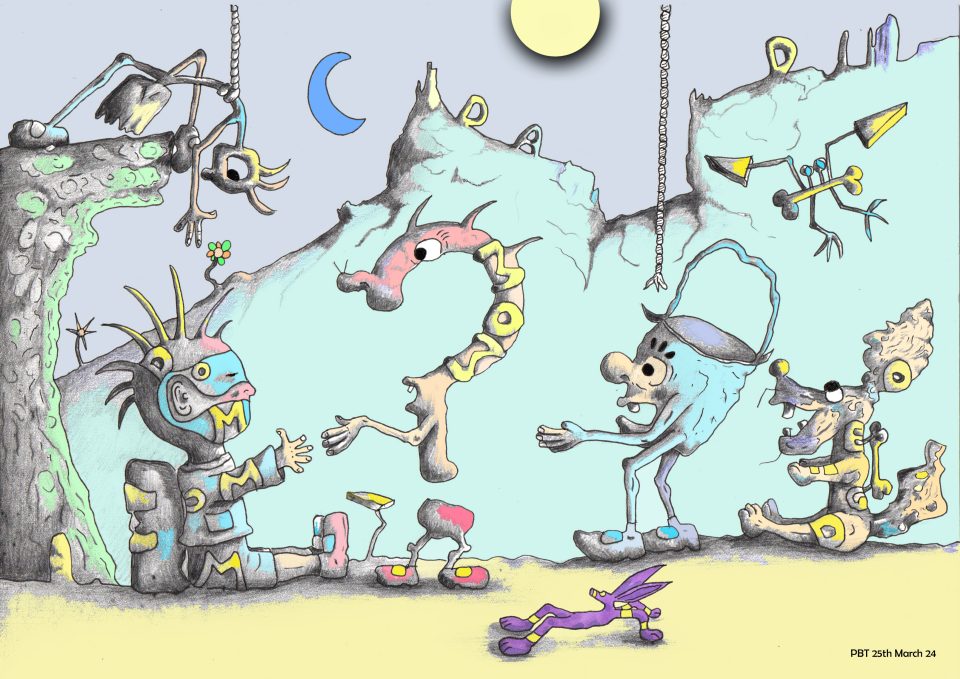During a judgment in 2013, President of the Family Division Sir James Munby told the court and those working in the Family Justice System, that adoption was a method of last resort and that extended family members had to be considered before making such a draconian order.
What followed was a sharp drop in adoption numbers as local authorities feared adoption orders would lead to a backlash. Adoptions are still on the decline four years on, with recent year on year figures highlighting this trend. It’s a trend adoption and foster agencies are keen to stop.
A recent article over at Community Care which looks at whether Special Guardianship Orders are being used safely includes comments from adoption and fostering agencies which suggest that SGOs are reckless arrangements which endanger the lives of vulnerable children. Unlike adoption orders, SGOs usually place children in the hands of extended family, long time carers or a person the child is familiar with.
The article questions whether Special Guardianship Orders (SGOs) are safe, after a serious case review for Keegan Downer, an 18 month old baby who was killed by a relative after being granted an SGO, was published. Adoption and fostering agencies may see this case and others as an opportunity to sway policy back in favour of an implicit presumption of adoption.
Andy Elvin, who is the chief executive of TACT, the UK’s largest fostering and adoption charity slash agency, says the recent serious case reviews “broadly” represent things more commonly going wrong with SGO placements. He told Community Care that child deaths at the hands of Guardians “will continue to [crop up] until someone does something sensible about it”.
Naturally he goes on to defend fostering and adoption processes and suggests they are more robust than SGO procedures:
“SGO assessments just aren’t rigorous enough. It’s not a local authority’s fault, they aren’t being given the time to do them,” Elvin says.
And there is comment from CoramBAAF, too, a fostering and adoption agency and one with a potential conflict of interest, as it merged with a children’s legal centre in 2011 and now offers legal advice on adoptions and related issues as well.
John Simmonds, the director of policy at CoramBAAF, takes the view that the government’s changes to SGO assessments have made no difference at all. An odd view given that the changes John refers to only came in after Keegan Downer’s death. John goes on to say:
“You can try and up the game on regulation, but if you don’t have the time and resources to do what then needs to be done, they become meaningless, so I haven’t seen any difference whatsoever. These are vulnerable children in very vulnerable circumstances – haste does nothing, and the rule of optimism does nothing to help with that.”
Whilst both Simmonds and Elvin have a point about time and resources, this point stretches right across the board to adoptions and fostering arrangements as everyone scrambles to meet the 26 week deadline for care proceedings. It’s ridiculous, and irrational to blame SGOs for child deaths when the entire system is struggling to manage risk and child welfare concerns with borrowed time, fewer resources and inadequate training for such specialist work. We also know that children die at the hands of adoptive parents, too, though no data has currently been collected to highlight whether these kinds of deaths are more prevalent than child deaths at the hands of Guardians.
The article in Community Care, which is balanced and well written, offers a counter point to the adoption and fostering agency’s self interest-driven scaremongering.
Cathy Ashley, chief executive of the Family Rights Group warns about the dangers in making huge generalisations about SGOs, and Judith Harwin, co-director of the Centre for Child and Family Justice Research at Lancaster University, who is researching special guardianship and breakdown rates says the risk is low for most children, and concerns that SGOs are dangerous might be the reaction to a “minority of extreme cases”.
An excellent article, and well worth a read.



3 Questions at 1:55 to destroy the left
Compared to what?
At what cost?
What hard evidence do you have?
Sowell believes Institutions are the problem with our society.
LikeLike
Reblogged this on World4Justice : NOW! Lobby Forum..
LikeLike
Pingback: Adoption Agencies Try To Claw Back Business As Numbers Free Fall | Hollie Greig Justice
Reblogged this on Musings of a Penpusher and commented:
An excellent article, and well worth a read.
LikeLike
“Adoption and fostering agencies may see this case and others as an opportunity to sway policy back in favour of an implicit presumption of adoption.”
“Naturally he goes on to defend fostering and adoption processes and suggests they are more robust than SGO procedures:”
No doubt about it.
and of course they will defend it as there is many more millions to be made and shoved into offshore accounts all at the expense and suffering of other Human beings.
Not much Humanity within the Human race. these are very troubling times.
LikeLike
Pingback: Self Interest And Protectionism – No Question? | Researching Reform